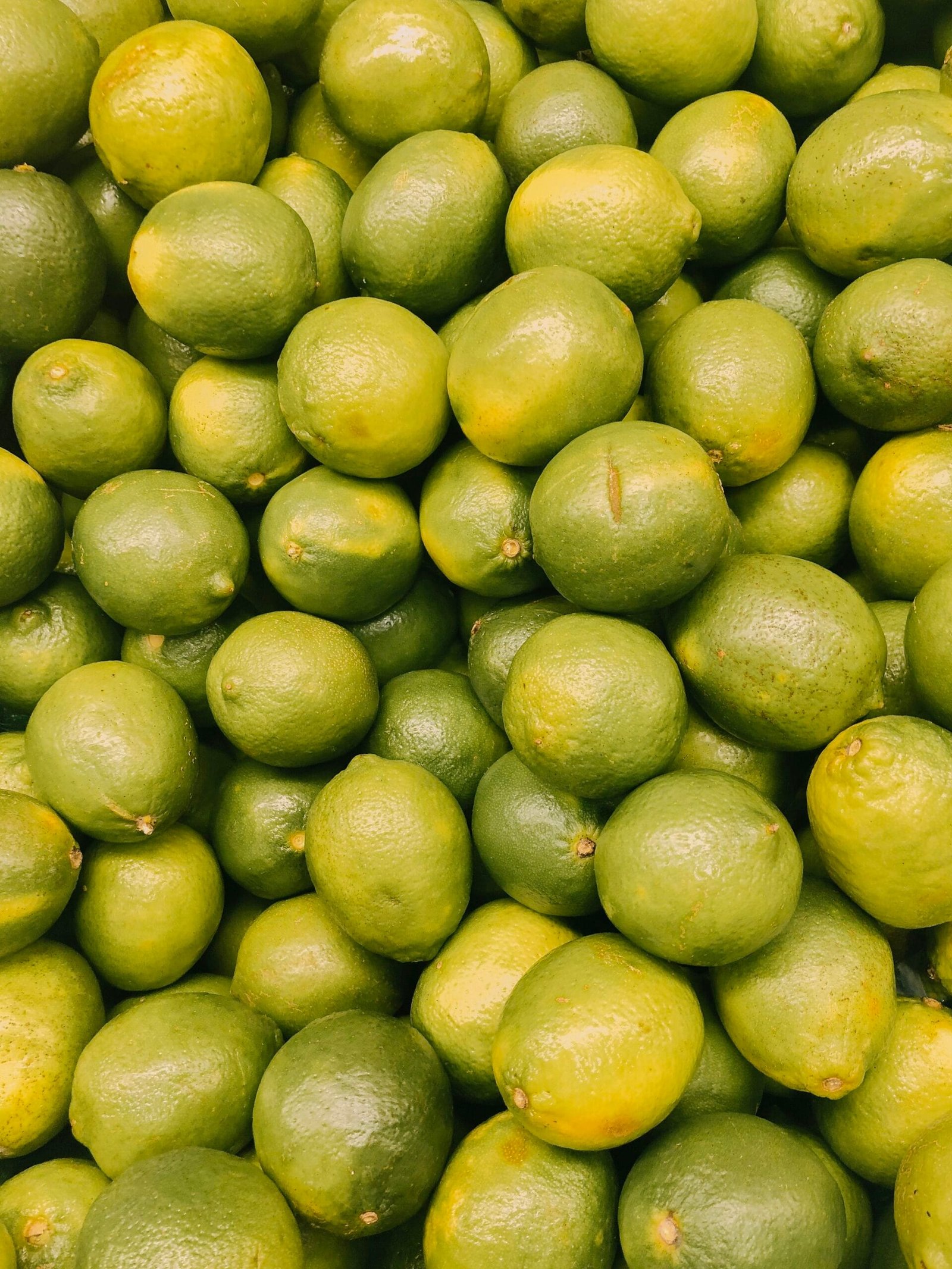Have you ever wondered how water softeners might impact the quality of water flowing through your home? Water softeners are a popular solution for dealing with hard water issues, but they often bring about questions regarding their effects on water quality. Let’s unravel this subject together.

Understanding Water Hardness
Water hardness refers to the amount of dissolved calcium and magnesium in the water. While these minerals are naturally occurring and not harmful to consume, they can create a multitude of problems within your home. Hard water is infamous for leaving limescale deposits on faucets, appliances, and pipes, which can lead to inefficiencies and the need for more frequent repairs.
Identifying Hard Water Issues
One of the main indicators of hard water is scale buildup on bathroom fixtures and appliances. You might also notice that soaps and detergents do not lather well, which can leave clothes and dishes looking unclean. Additionally, hard water can cause skin irritation for some people due to the soap residue it leaves behind.
The Role of Water Softeners
So, where does a water softener come into play? A water softener is designed to remove the minerals that cause water hardness, primarily calcium, and magnesium. By doing so, it aims to alleviate the problems associated with hard water, thus improving your overall water quality and extending the lifespan of your plumbing and appliances.
How Water Softeners Work
Water softeners typically employ a process known as ion exchange. This method involves the removal of calcium and magnesium ions and their replacement with sodium or potassium ions.
Ion Exchange Process
The ion exchange process occurs within the softener’s resin tank. As hard water flows through the tank, the resin beads attract the hard minerals and swap them for sodium or potassium ions. This exchange effectively transforms hard water into soft water, alleviating many of the problems previously mentioned.
| Process Step | Action |
|---|---|
| Incoming Hard Water | Hard water enters the water softener system. |
| Ion Exchange | Calcium and magnesium ions are exchanged with sodium or potassium ions. |
| Softened Water | The now-softened water exits the softener, ready for household use. |
Regeneration Cycle
A key component of operating a water softener is its regeneration cycle. Over time, the resin beads become saturated with hard mineral ions and lose their effectiveness. The regeneration process helps to recharge the resin beads with sodium or potassium ions, restoring their ability to soften water. This process involves flushing the system with a salt brine solution, which rinses away the trapped minerals and resets the resin beads.
Effects on Water Quality
Now that you have a solid understanding of how water softeners work, it’s essential to discuss how they impact water quality in more detail.
Improved Appliance Efficiency
Softened water can significantly improve the efficiency and lifespan of appliances like dishwashers, washing machines, and water heaters. This is because reduced scale buildup allows these machines to operate more effectively, often leading to lower energy bills.
Enhanced Cleaning Performance
You’ll likely notice noticeable improvements in cleaning performance when using softened water. Clothes come out cleaner and softer, and you won’t have to deal with soap scum on dishes or in the shower. This happens because softened water allows detergents and soaps to work more effectively.
Potential Sodium Concerns
One possible downside of water softeners is the slight increase in sodium levels. The ion exchange process replaces hard minerals with sodium ions, which might raise concerns for those on a low-sodium diet. However, the added sodium is typically minimal and far less than commonly consumed in a regular diet.
Environmental Considerations
Water softeners also have some environmental implications to consider. The waste brine generated during the regeneration process contains salt and other chemicals, which can impact local water treatment facilities if not disposed of properly. Some regions have regulations in place to manage the discharge of this waste.
Types of Water Softeners
There are different types of water softeners, and each offers unique advantages and drawbacks. Understanding each type can help you choose the right system for your needs.
Salt-Based Softeners
Salt-based softeners are the most common type and involve the traditional ion exchange process using sodium or potassium chloride. While effective, the need for regular salt replenishment and the potential environmental impacts can be drawbacks.
Salt-Free Conditioners
These systems do not remove hardness minerals but rather prevent them from attaching to surfaces. They often use a template-assisted crystallization process, which converts the hard minerals into crystalline forms that remain suspended in water, thus avoiding scale formation.
Dual-Tank Softeners
Ideal for larger households, dual-tank systems maintain a constant supply of soft water by having one tank in service while the other regenerates. This setup ensures that you always have softened water available, even during regeneration cycles.
Magnetic and Electronic Softeners
These devices use electromagnetic fields to alter the properties of hardness minerals, aiming to reduce scale buildup. However, their effectiveness is often debated, and more research is needed to determine their long-term impact on water quality.

Choosing the Right Water Softener
Deciding on the right water softener for your home involves considering several factors, such as the level of water hardness, household size, and your budget.
Assessing Your Water Hardness
A simple water hardness test can help you determine the level of minerals in your water. With this information, you’ll have a better idea of the type and size of water softener required for effective treatment.
Evaluating Your Household Needs
Consider the size of your household and water usage patterns. Larger households typically benefit from larger-capacity or dual-tank softeners to ensure a consistent supply of softened water.
Budget Considerations
Cost is always a critical factor when investing in a water softener. While salt-based systems are generally more affordable upfront, don’t forget to factor in ongoing maintenance costs, such as salt replenishment and potential repairs.
Checking for Local Regulations
Before installing a water softener, it’s wise to check local regulations concerning the disposal of waste brine and any restrictions on certain types of systems. Being aware of these regulations will help you make an informed and compliant choice.
Maintaining Your Water Softener
To ensure your water softener continues to perform well over time, regular maintenance is essential. This involves monitoring salt levels, cleaning the brine tank, and scheduling periodic inspections.
Regular Salt Checks
Ensure that your softener’s brine tank always has enough salt to facilitate the regeneration process. Checking salt levels monthly and refilling as needed will help keep your system running smoothly.
Cleaning the Brine Tank
Over time, the brine tank can accumulate residue that may hinder its performance. Cleaning the tank annually helps to remove build-up and maintain optimal functionality.
Scheduling Professional Inspections
While much of the maintenance can be handled on your own, scheduling routine inspections with a professional helps to identify any potential issues early and ensures that your system is in top condition.

Conclusion
In conclusion, water softeners have a substantial impact on water quality by alleviating hard water issues. They offer numerous benefits, including improved appliance efficiency, enhanced cleaning performance, and a more comfortable experience with daily household water use. However, it’s essential to be mindful of potential sodium increases, environmental impacts, and local regulations. By considering these factors and choosing the right system for your home, you can enjoy the advantages of softened water and maintain excellent water quality for years to come.
